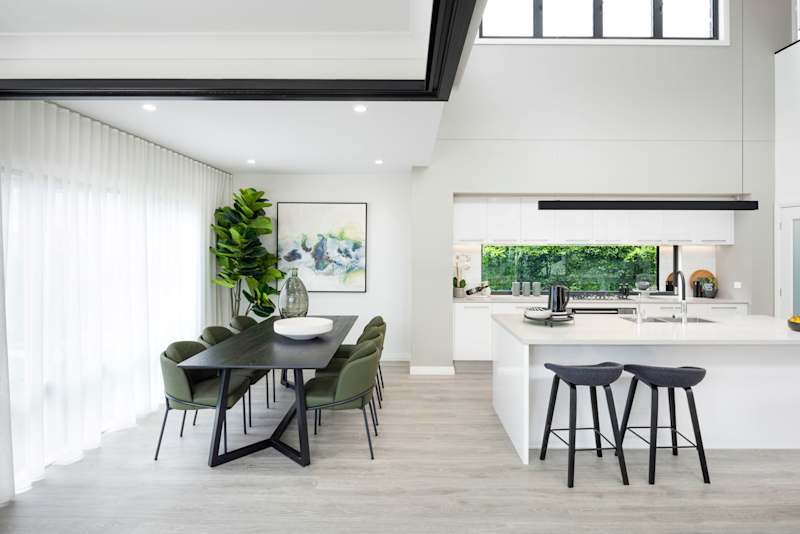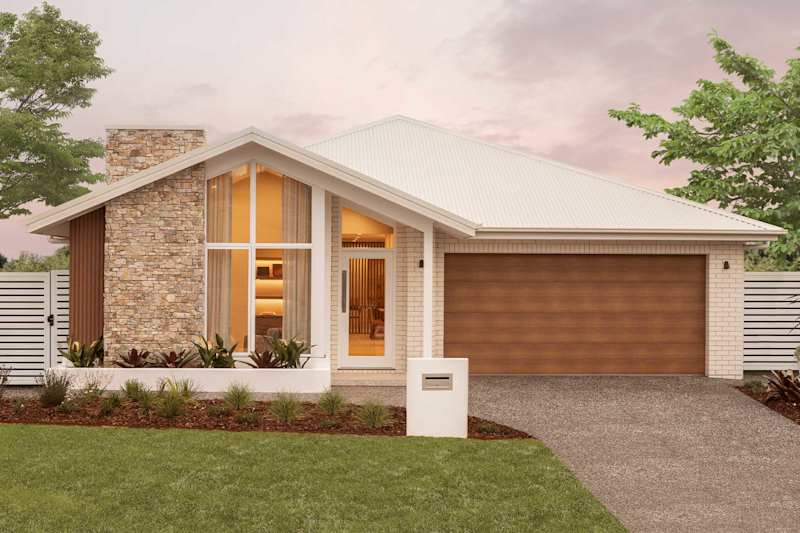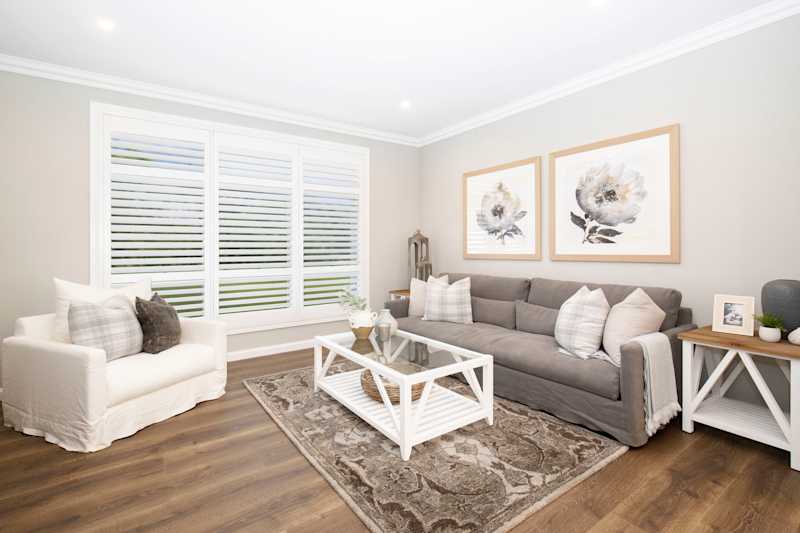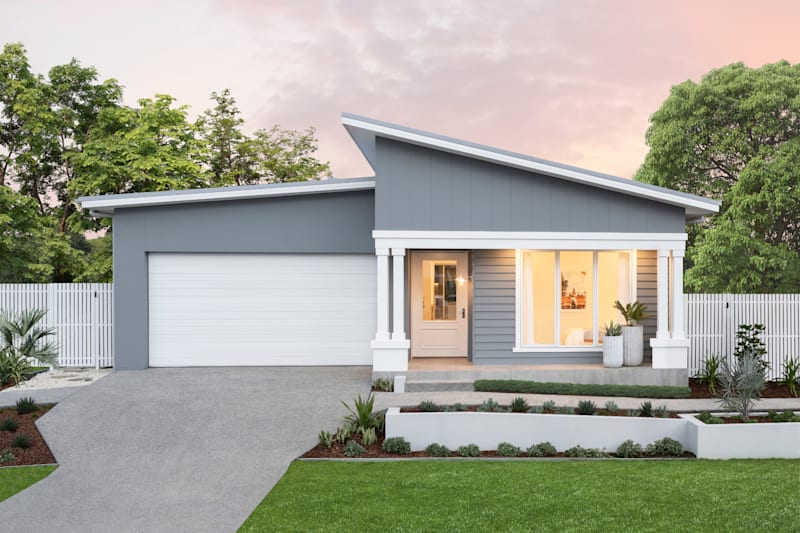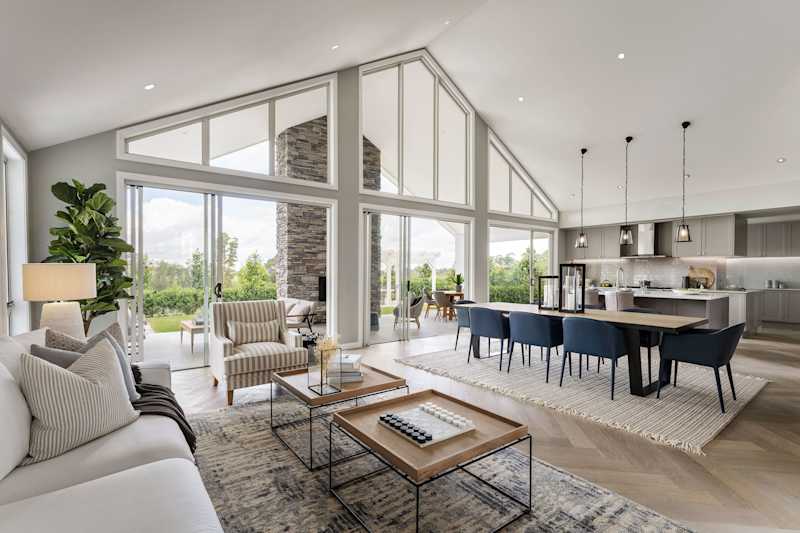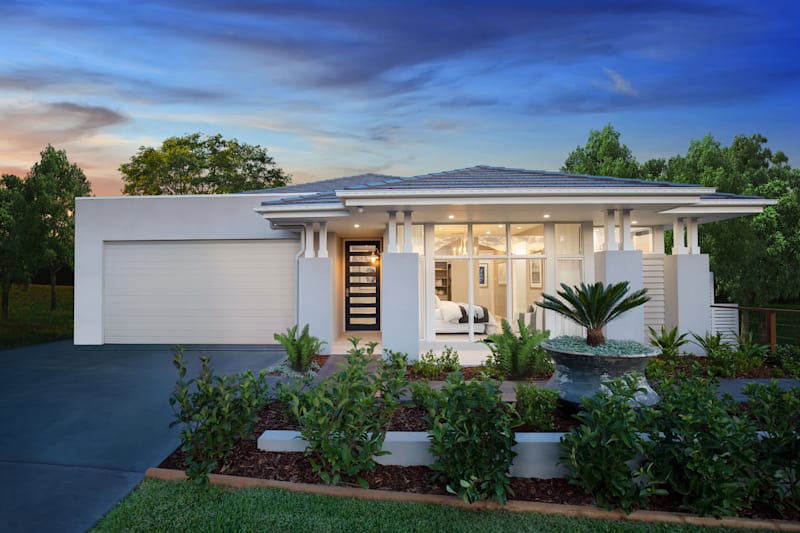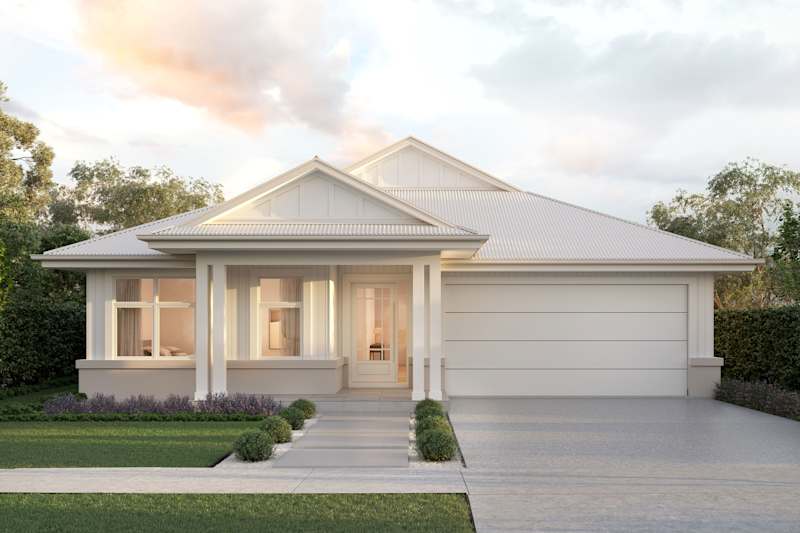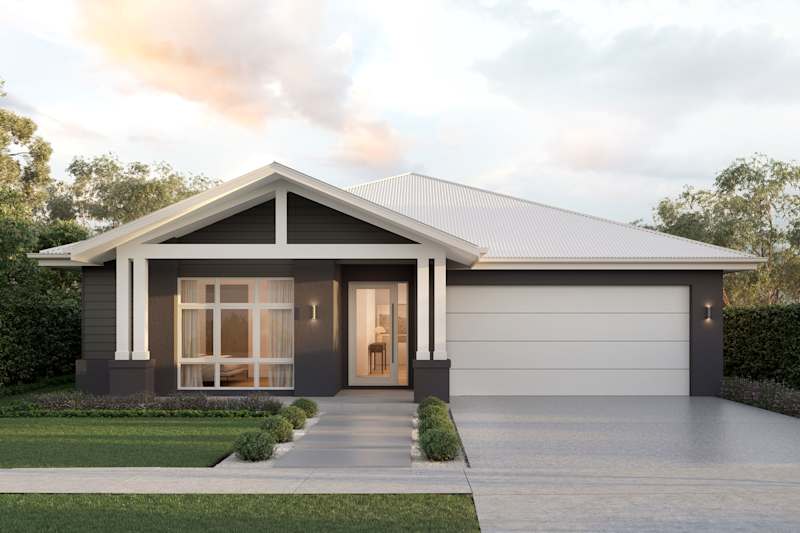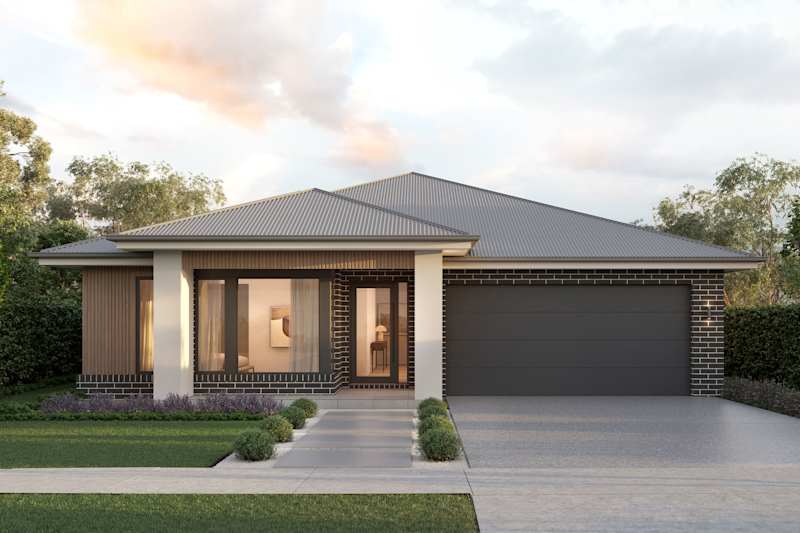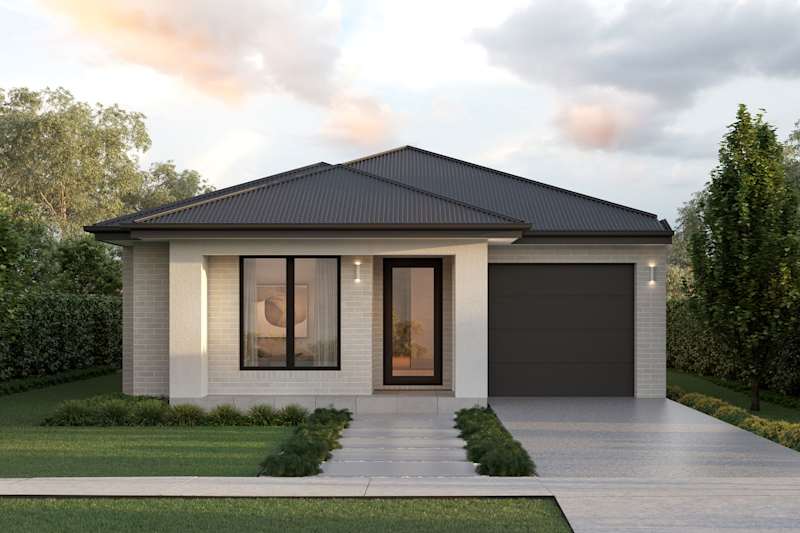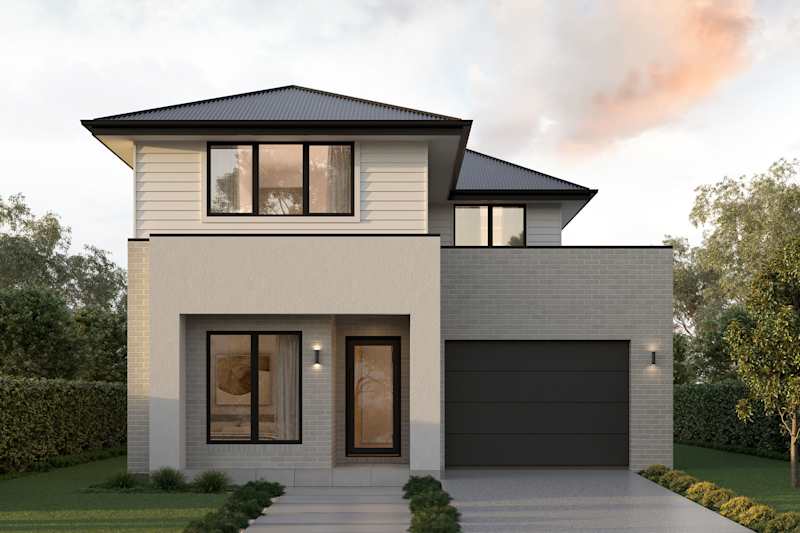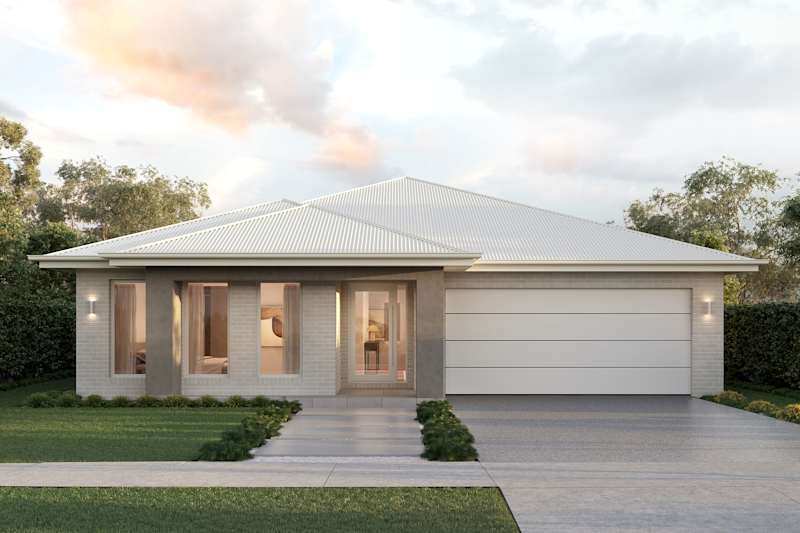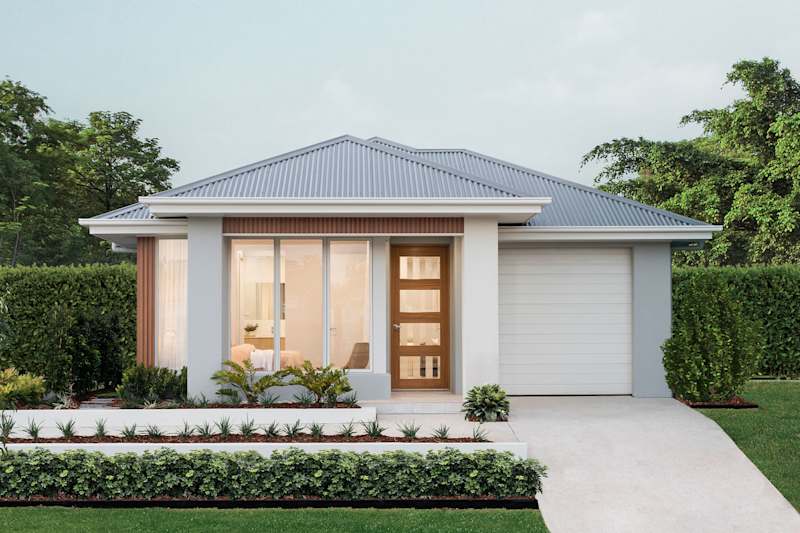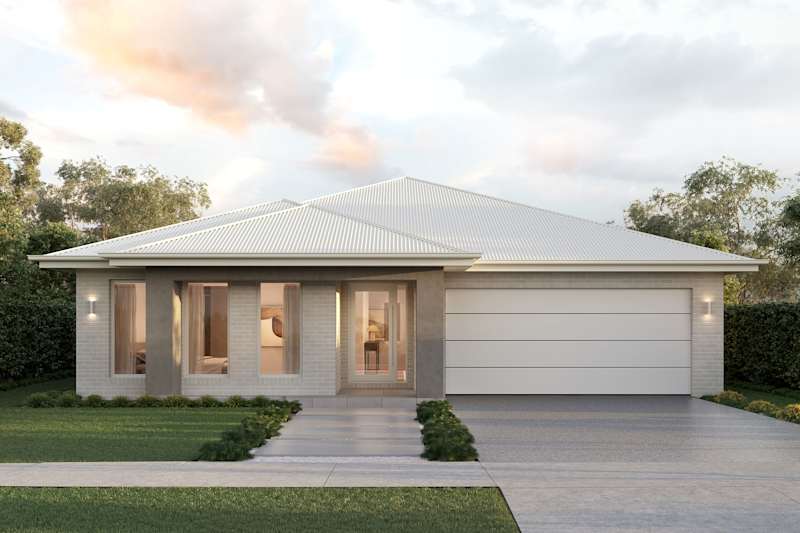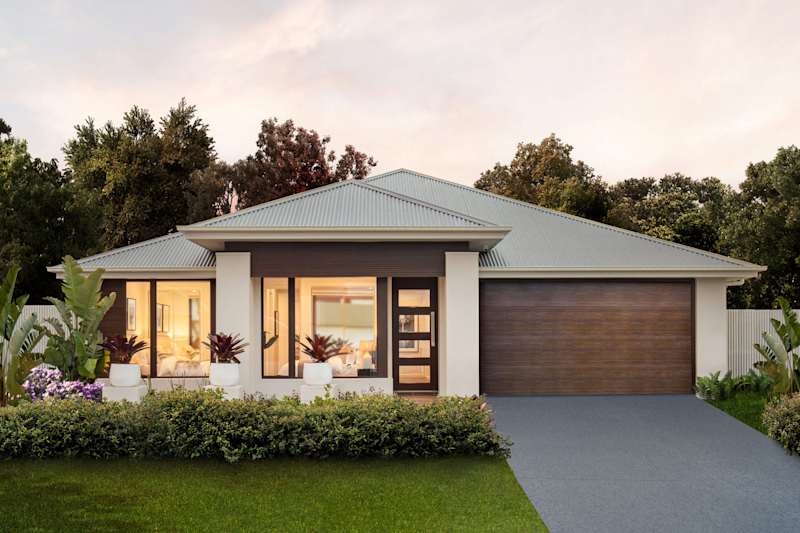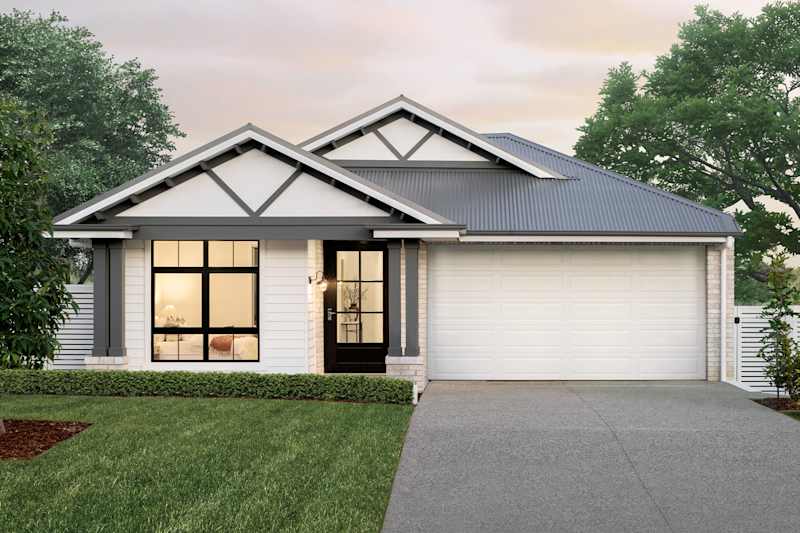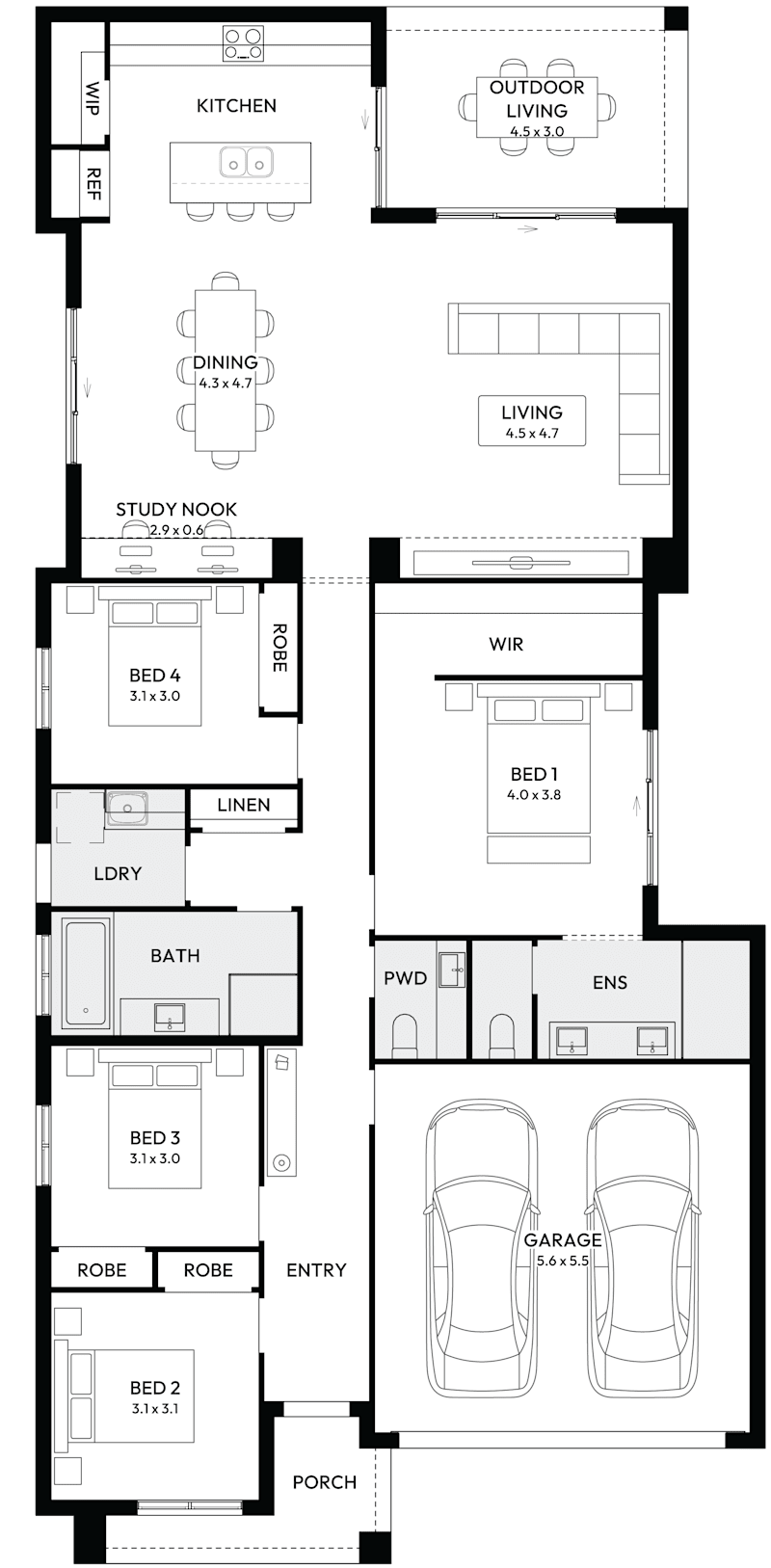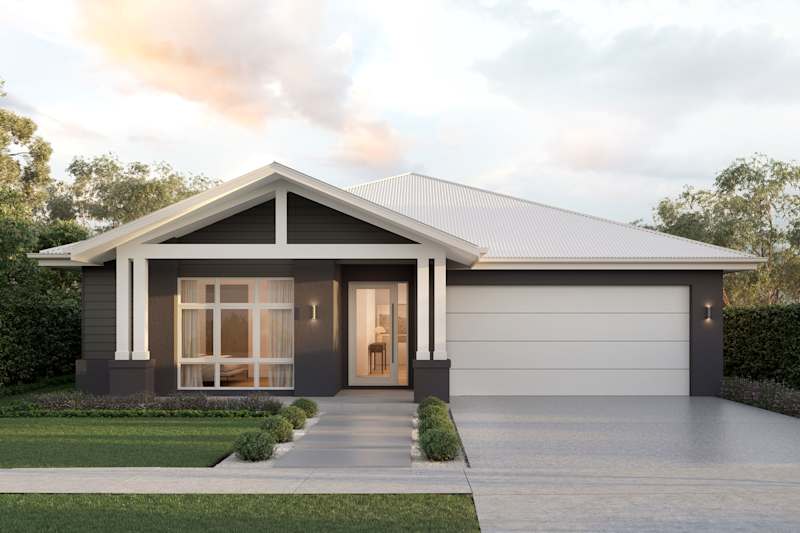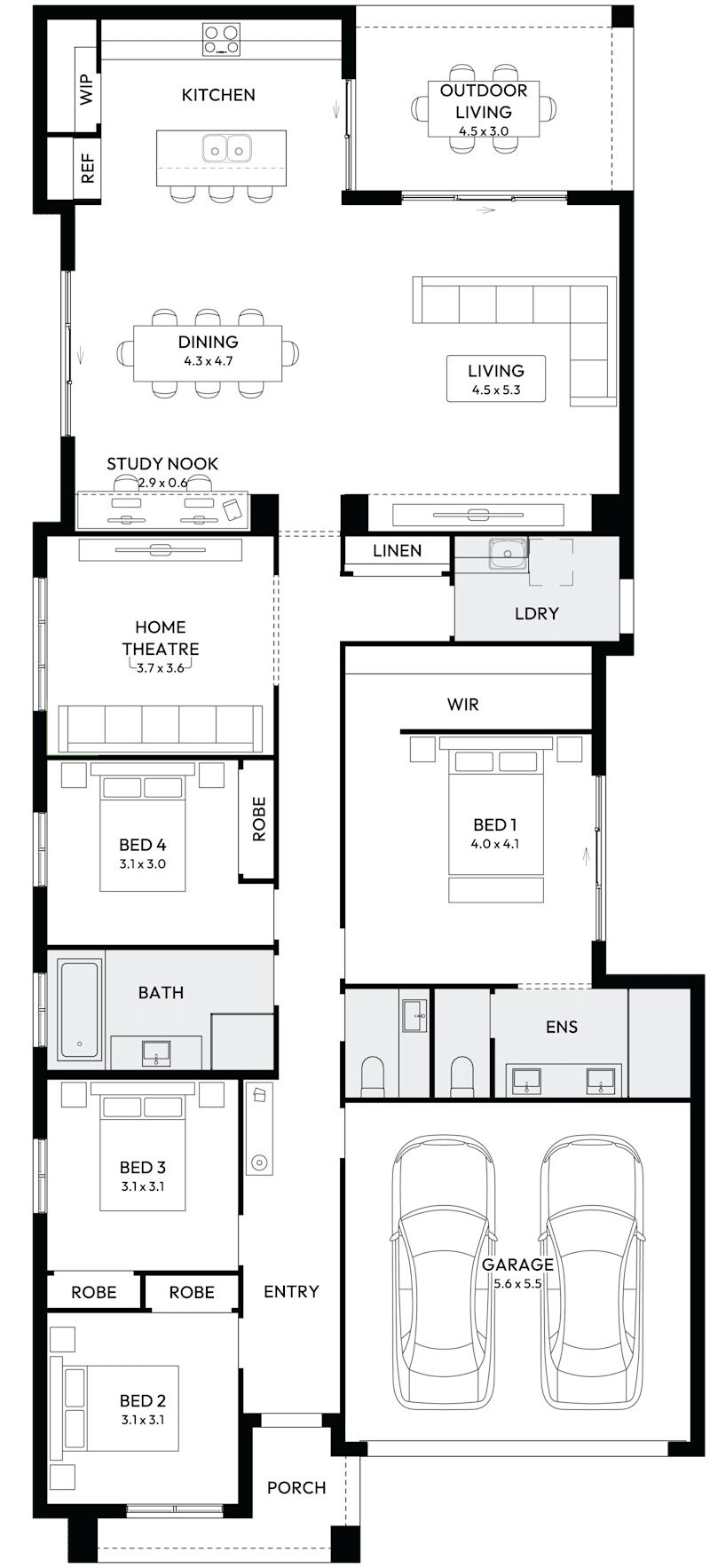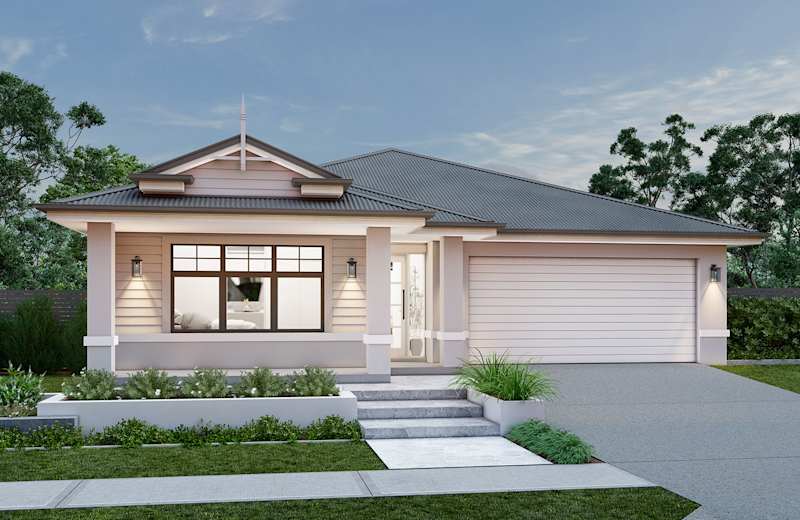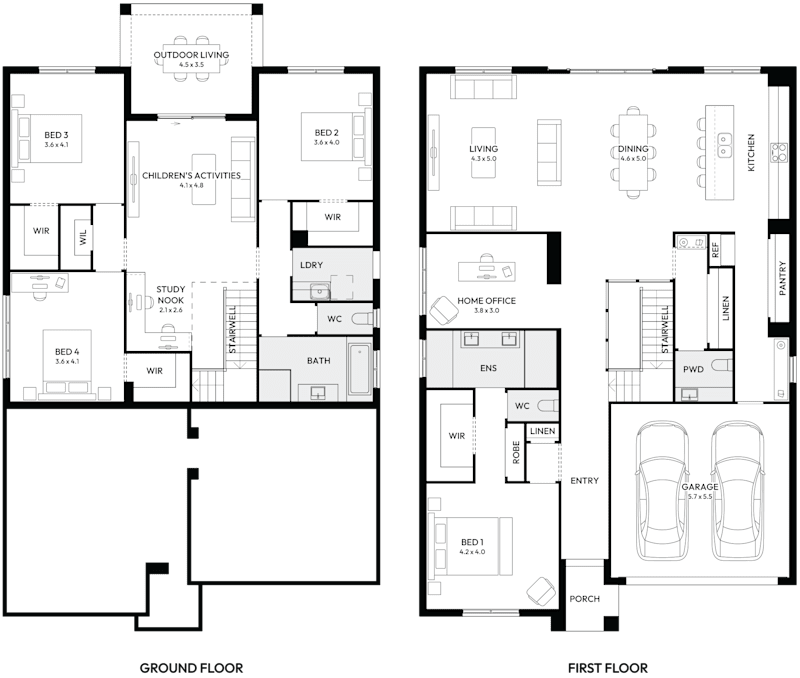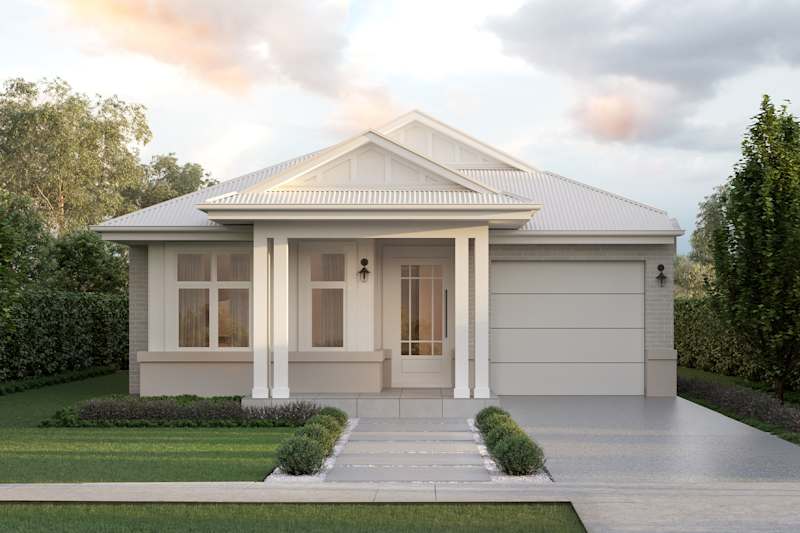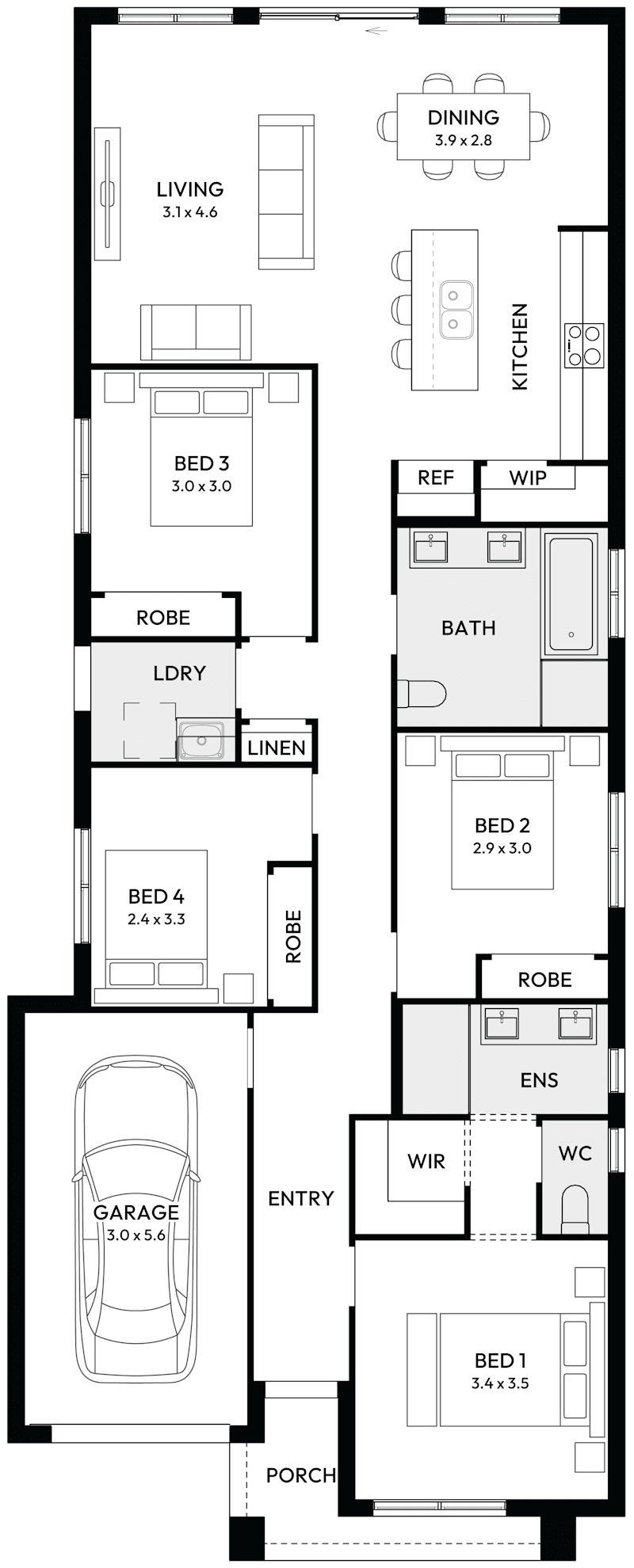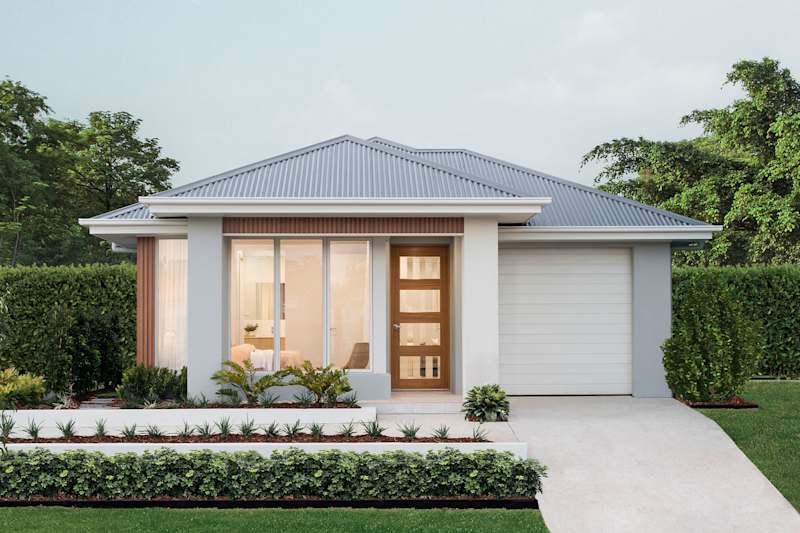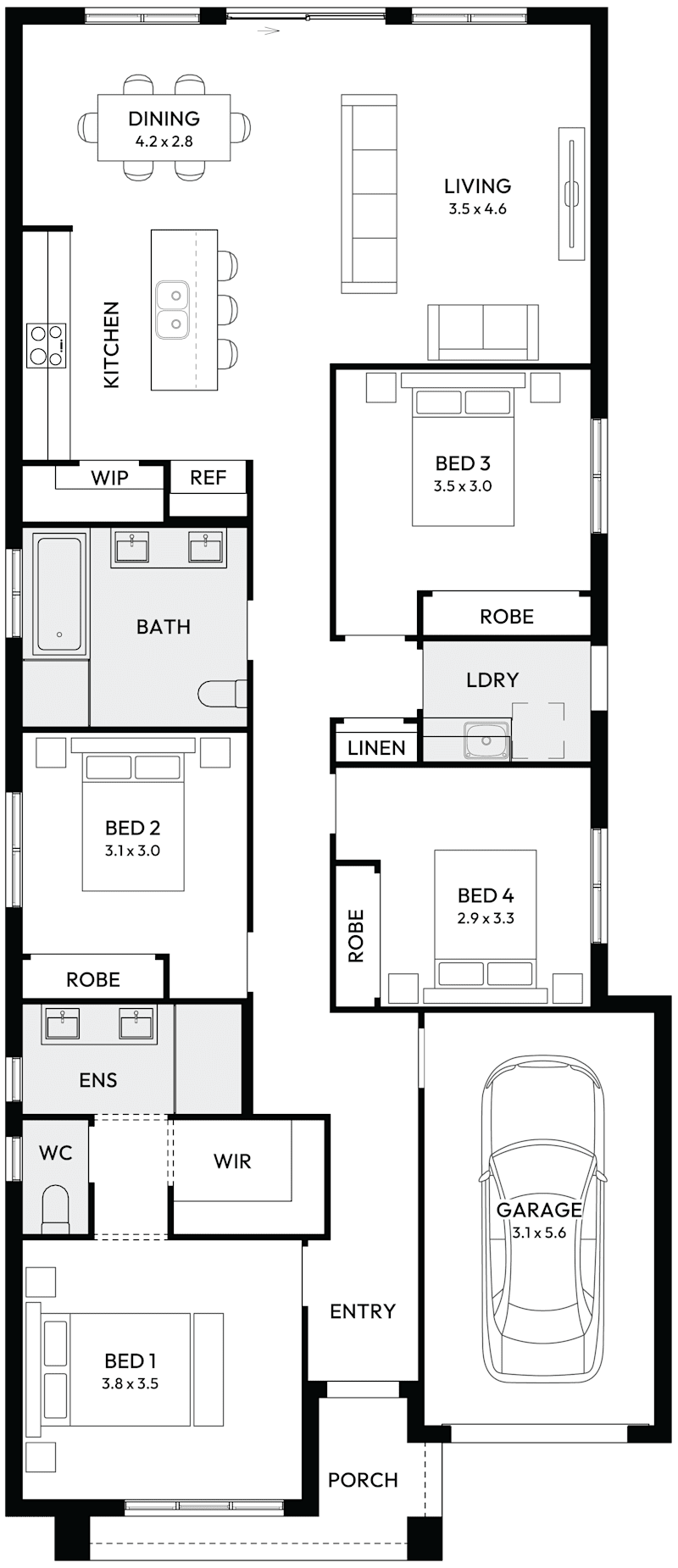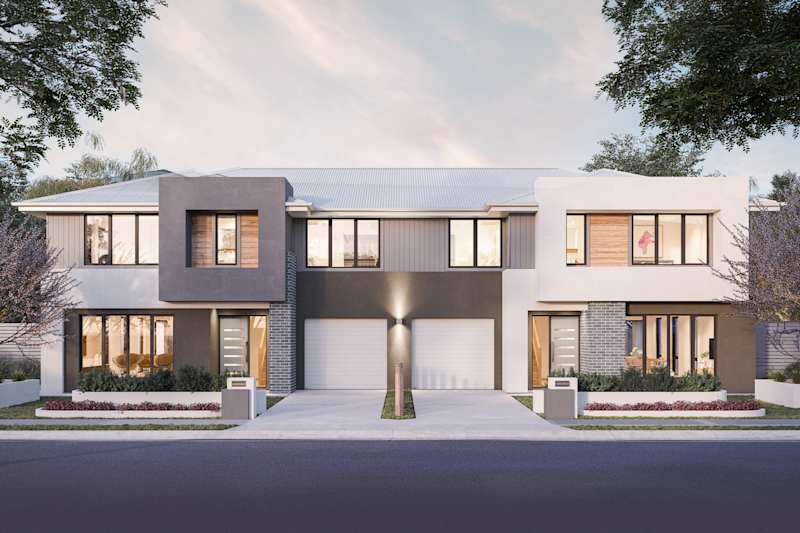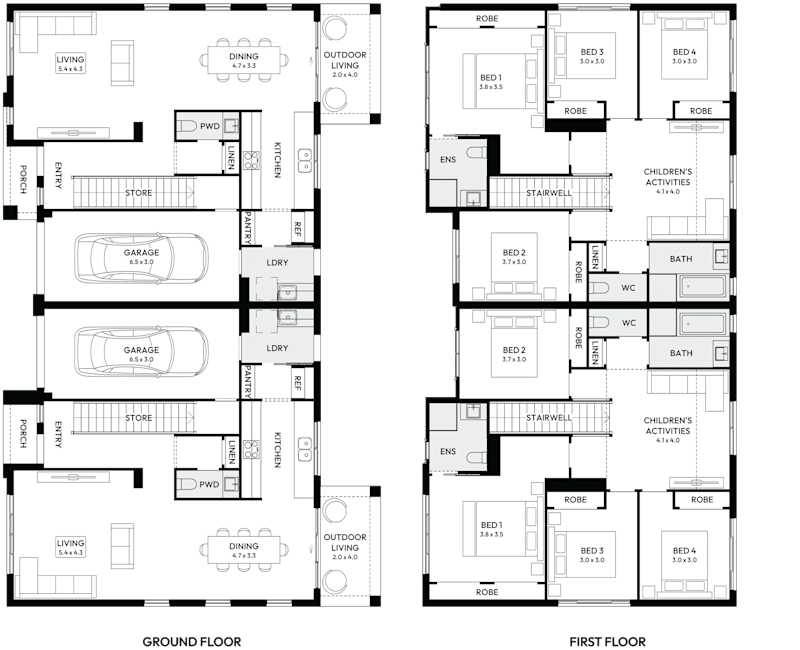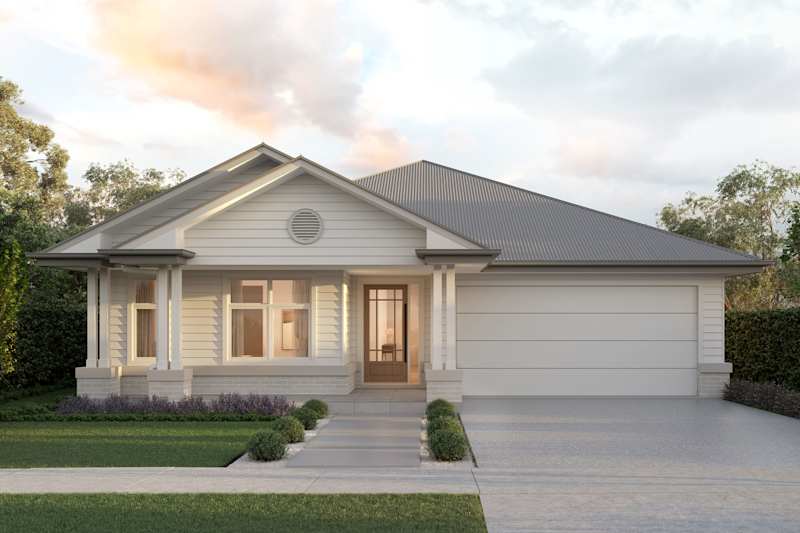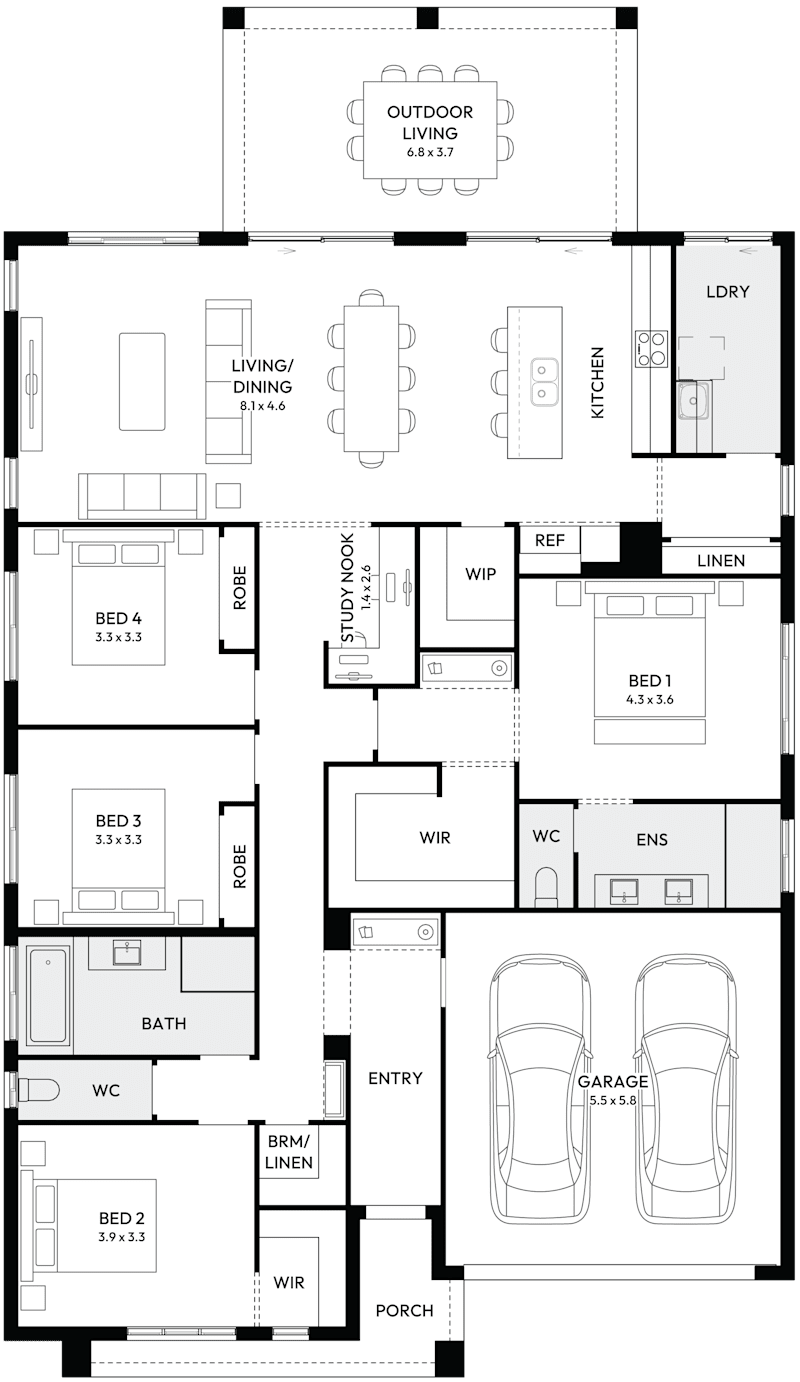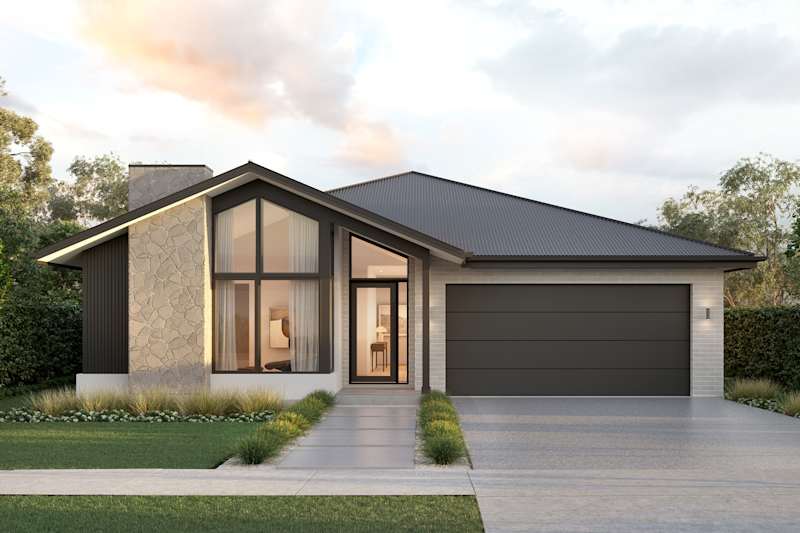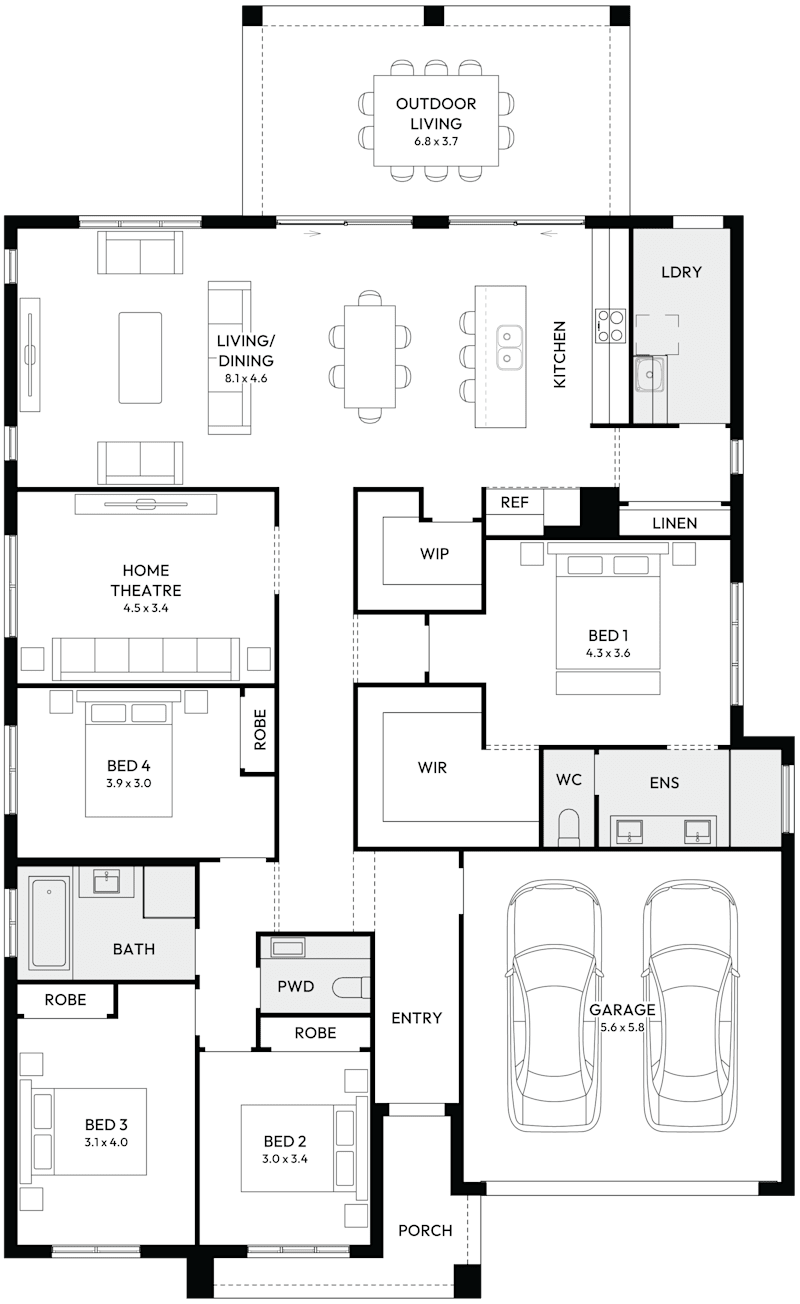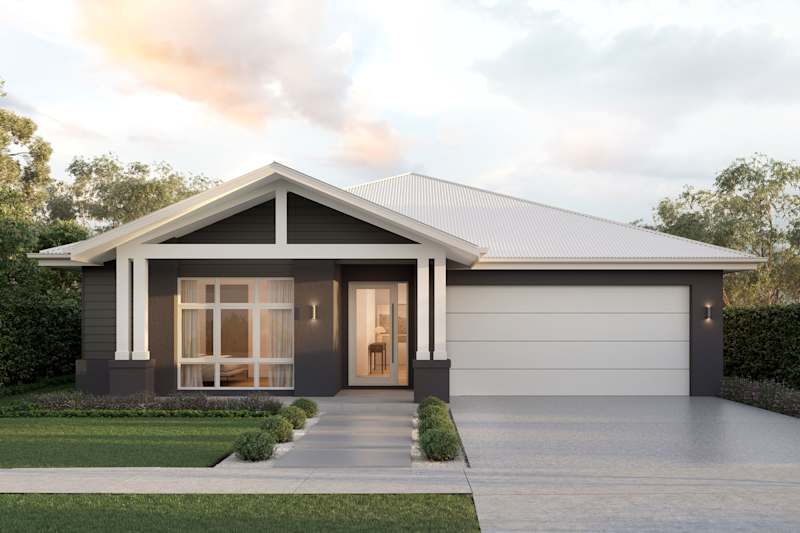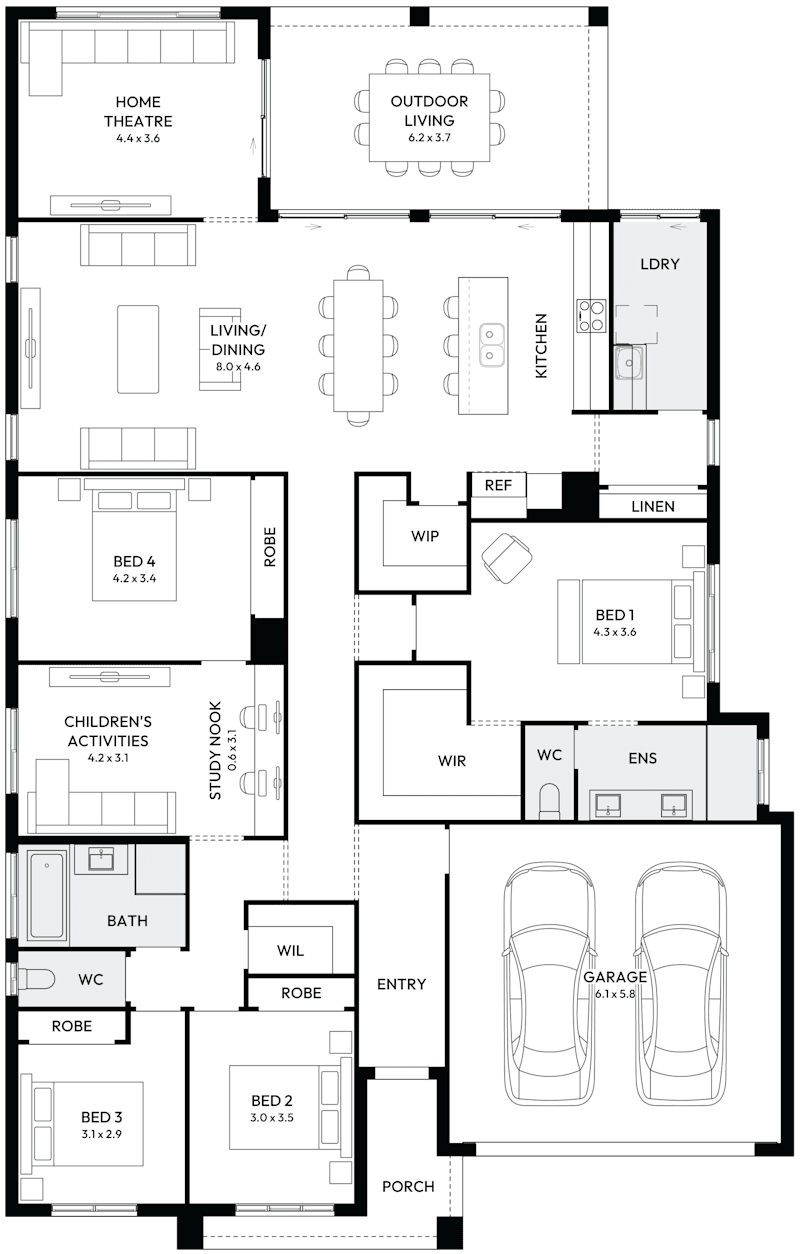
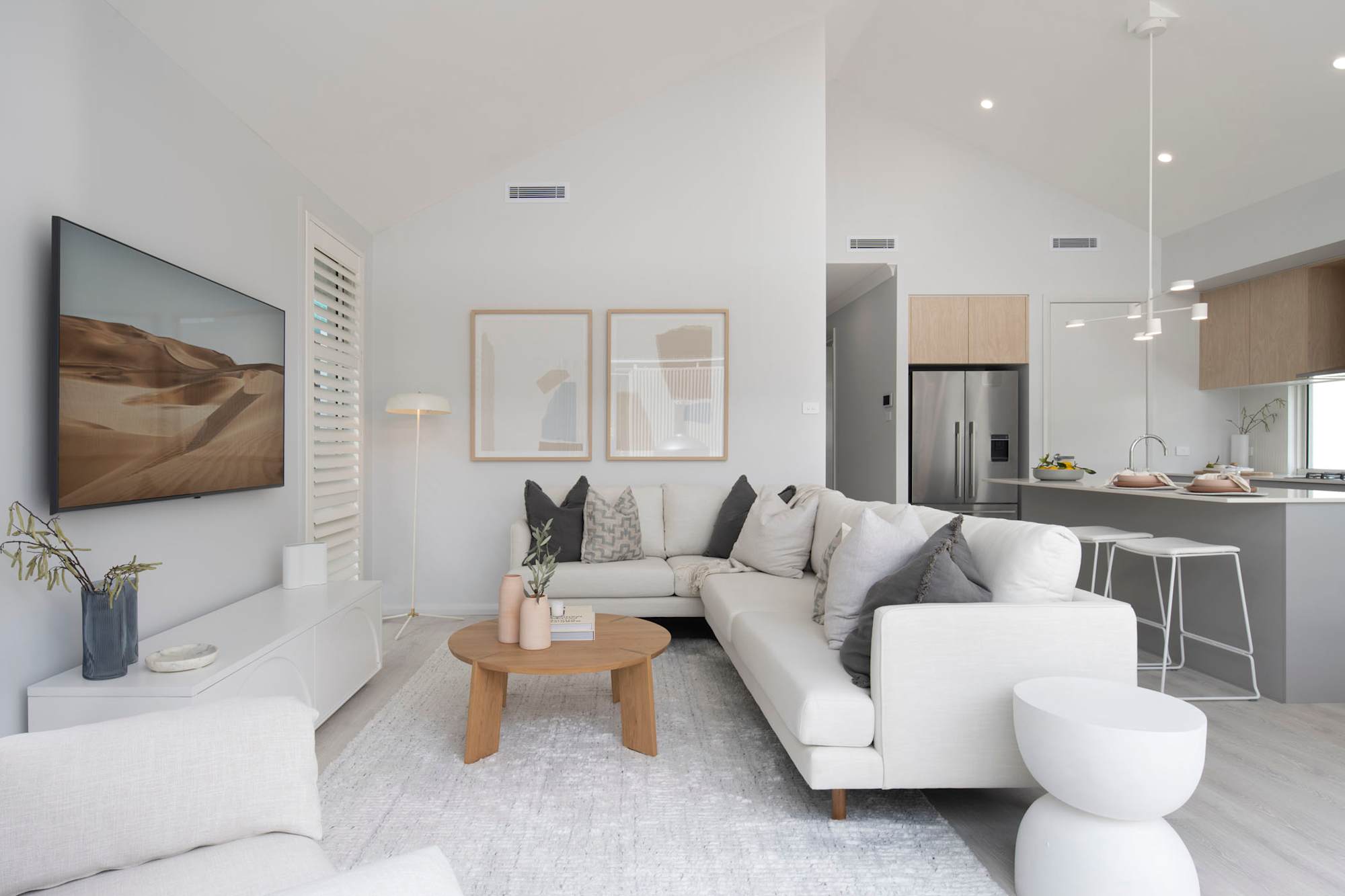
When it comes to building a house, there are numerous factors to consider, ranging from location to size, design, and amenities. However, one aspect that often goes overlooked is the orientation of the house. The direction in which your house faces can significantly impact your comfort, energy efficiency, and overall well-being. In this blog we will delve into the importance of house orientation and explore the benefits of different facing directions.
What is orientation?
The orientation of a home refers to its positioning in relation to the sun's seasonal paths and prevailing wind patterns. It encompasses not only the physical placement of the structure but also the thoughtful design and positioning of living and sleeping areas to optimise the benefits of sunlight and wind or shield them from undesirable effects in passive design.
The best house orientation: North facing houses
North facing houses are often regarded as the ideal orientation in many parts of the world, especially in the northern hemisphere. One of the key advantages of a north facing house is its ability to maximise natural light without excessive heat gain. In such houses, the main living areas and windows face north, allowing for ample daylight throughout the day. This orientation is particularly beneficial in colder climates, as it helps to warm the house naturally during the winter months.

East facing houses: Welcoming morning sunlight
An east facing house is characterised by the front of the house facing east, thus capturing the morning sunlight. This orientation can be advantageous for those who enjoy waking up to the soft rays of the rising sun. Additionally, east facing houses tend to receive plenty of natural light during the early part of the day, which can make the interiors feel bright and inviting. However, it's important to note that the afternoon sun may be intense, and careful consideration of shading elements is essential to prevent overheating.
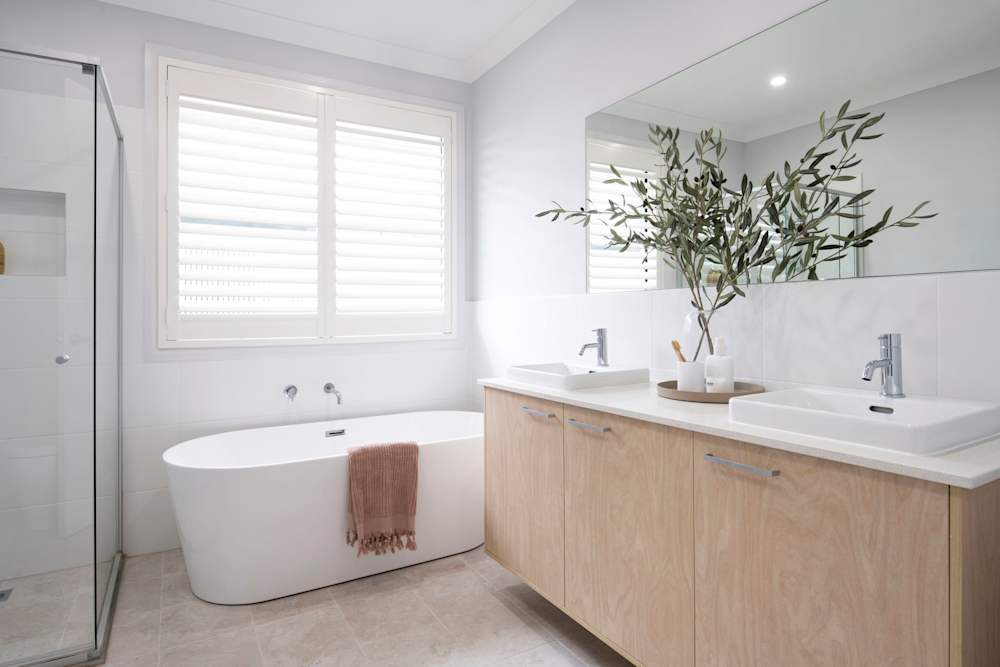
South facing houses: Optimal sun exposure
South facing houses are renowned for their ability to capture maximum sunlight throughout the day, making them popular choices for energy-efficient designs and solar panel installations. In colder regions, a south facing orientation can help warm the house during winter, reducing the need for excessive heating. However, it is important to balance the amount of glazing to prevent overheating during hot summers. Proper insulation and shading solutions can help optimise the benefits of a south facing house, ensuring a comfortable living environment year-round.
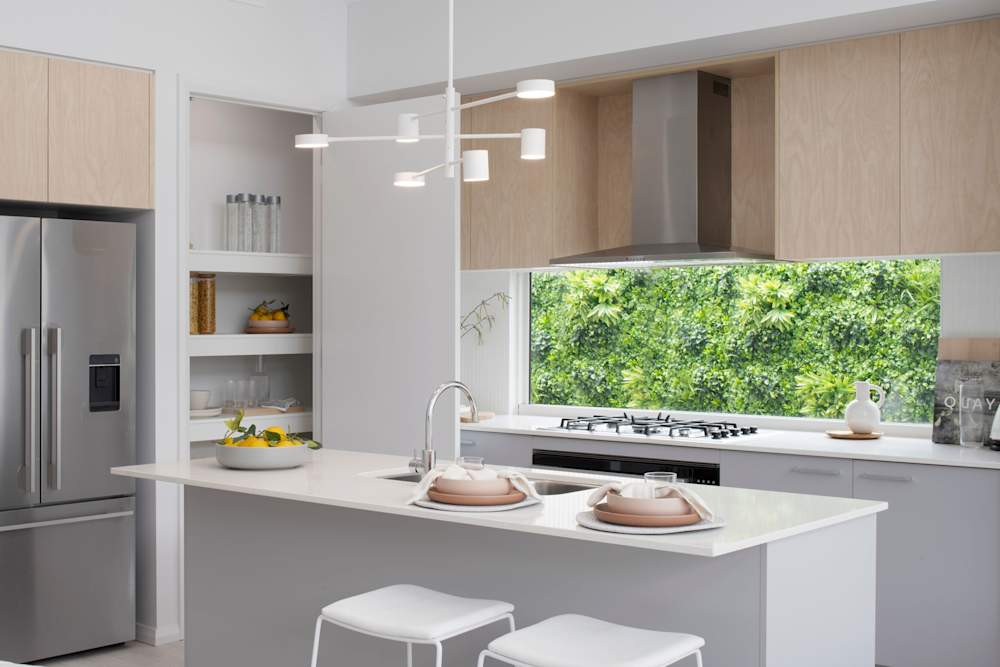
West facing houses: Evening delights and challenges
A west facing house offers the advantage of enjoying stunning sunset views and warm evening light. This orientation can create a pleasant ambiance for outdoor activities and entertaining guests. However, it's worth noting that the afternoon sun can be intense, causing overheating and increasing cooling costs. Proper insulation, shading devices, and well-designed ventilation systems become crucial to mitigate these challenges and maintain a comfortable indoor environment.
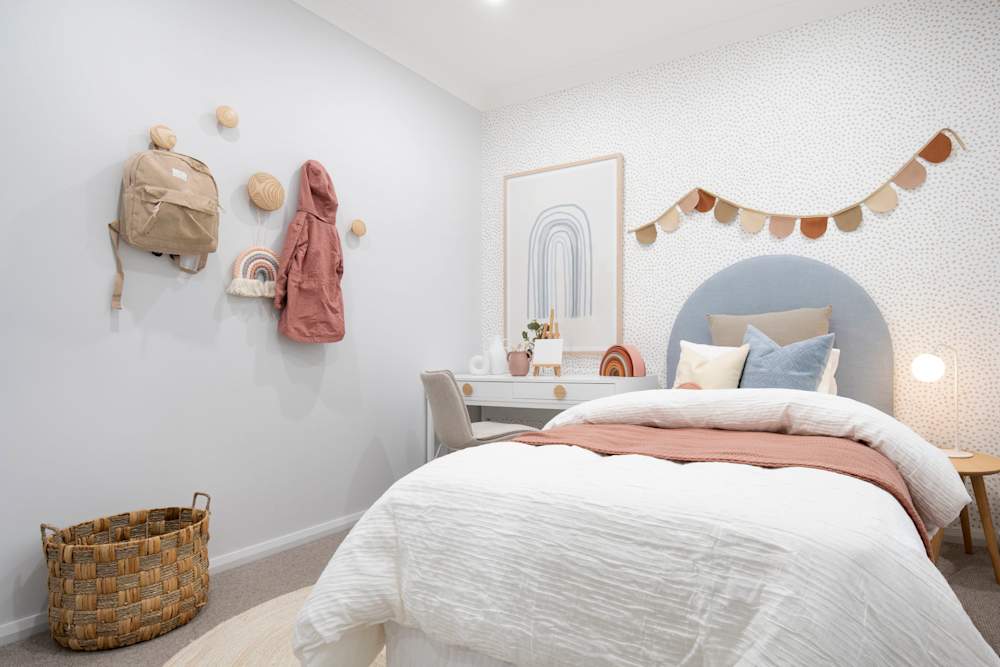
The orientation of a house plays a vital role in its overall functionality, energy efficiency, and occupants' well-being. Whether you prefer a north, south, east, or west facing house, each orientation comes with its own set of advantages and considerations. Many of our Mojo designs also offer the ability to flip the location of bedrooms and living spaces to better suit the orientation of your lot. View our house designs.
